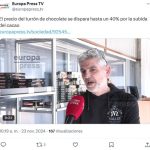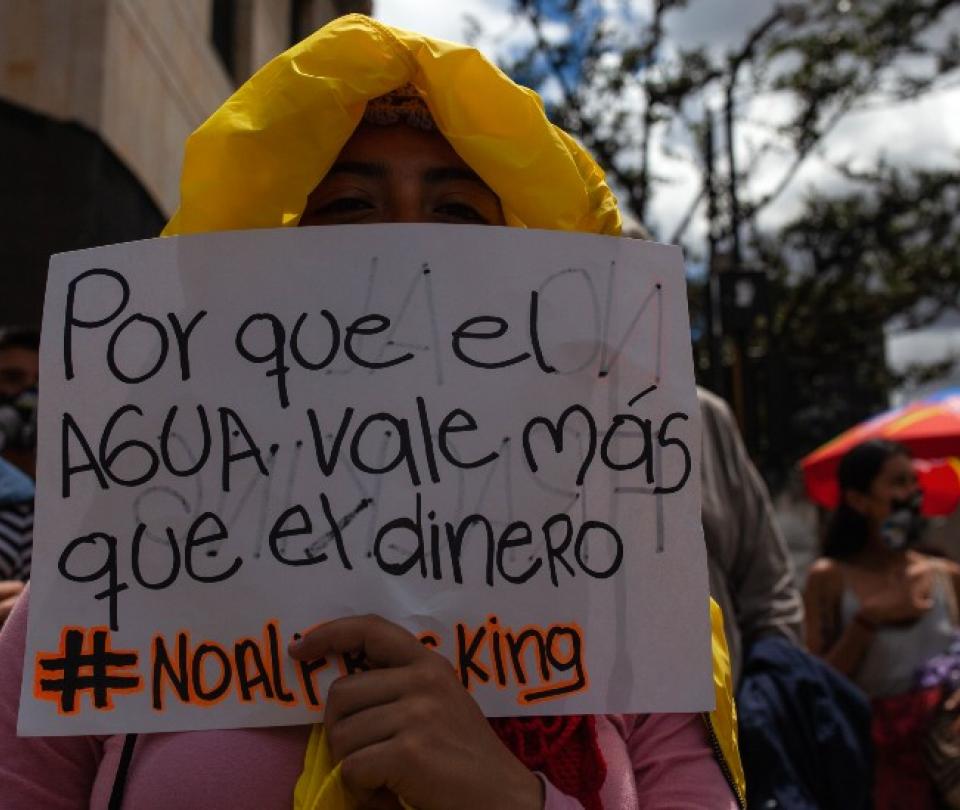The dollar in Colombia closed, on Tuesday, November 1, at 5,014 pesos. And it has not stopped rising, positioning itself above that figure at the end of the first days of the penultimate month of the year.
Since Gustavo Petro became president less than three months ago, the Colombian peso has devalued more than 14%, the largest drop in Latin America after Argentina and Venezuela.
But the Colombian peso has been devaluing since before Petro came to power: in the four years of Iván Duque it was devalued 44% and in the eight years of Juan Manuel Santos, 60%.
During this time, comparisons with other countries in the region varied, but Colombia was almost always, especially in the last five years, among the Latin American countries with the highest devaluation.
The answer to why the Colombian peso is in crisis depends on who answers it: some give more weight to international factors, others attribute it to a structural condition of the Colombian economy in recent years and many, especially now, blame directly to Peter.
And there is no scientific way to establish which factor is more relevant.
When the Colombian currency surpassed the symbolic barrier of 5,000 pesos on Tuesday, Petro was in Caracas, meeting with Nicolás Maduro.
Many interpreted the coincidence as “another sign” contrary to what those who have the greatest influence on the value of the peso, the international markets, expect.
While the political discussion continues about how much the Petro factor influences the devaluation, the purchasing power of millions of Colombians continues to plummet, among other reasons because Colombia has a particular dependence on imports —which makes food more expensive— and there is no tradition here entrenched —as in Argentina or Venezuela— of raising wages.
“For a country that has been a friend of devaluation to stimulate exports, a dollar at 5,000 pesos is more of a problem than a solution, because it generates inflationary and debt service problems that make macro management more complex,” says Mauricio Cárdenas, minister Treasury during the Santos government.
These are the external and internal factors that experts mention as propelling the devaluation of the peso.
The currencies of many emerging countries such as Colombia have been devalued in the last year due to the increase in interest rates led by the United States, a measure that seeks to contain inflation in the world’s largest economy and attract investors who were in riskier places.
The recession in developed economies, however, seems inevitable, which increases international volatility and harms higher-risk economies such as Colombia.
Just this Wednesday, the United States Federal Reserve is expected to raise its interest rate again and the dollar will continue its strengthening path, the most important in 20 years.
Part of the international volatility is due to the effects of the Russian invasion of Ukraine, which made raw materials that Russia used to produce more expensive.
In principle, this volatility could benefit Colombia, because oil prices — the source of 40% of its exports — have remained high.
But this has not been the case, among other reasons because the prices of other raw materials that Colombia usually imports, such as wheat and corn, have also increased.
The Colombian peso could also benefit from the country’s increased exports and foreign direct investment. That is what has kept the Mexican peso stable, for example. But this, once again, has not been the situation in Colombia, and that is where it is time to start talking about the particular factors of this country.
The Colombian economy was in crisis before Petro came to power: the fiscal deficit exceeds 6%, the current account deficit is 5% and the external debt represents 60% of GDP, a high figure that the State must pay —in dollars— for the next several years.
In 2021, Colombia’s rating before the US credit risk agencies was reduced precisely due to fears that it will not pay its debt commitments.
Added to this crisis is the fact that Colombian society is one of the most unequal in the world, a condition that generated, among other things, massive protests in 2019 and 2021 and that explains, in part, the election of Petro, the first leftist president. and of popular origin in decades.
The former senator came to power with far-reaching promises, including combating inequality, ending the protection of certain economic sectors and improving the quality of life of the poorest, who make up 40% of the population, one of the lowest rates high in the region.
Another of his promises was to suspend the signing of hydrocarbon exploitation contracts, a measure that since August 7 has been shelved and then raised several times by government officials and by Petro itself.
During the last two decades the Colombian economy has become increasingly dependent on the export of oil and coal. Together they account for almost half of its exports. Hence the sensitivity of the subject.
“The lack of clarity about the continuation of the exploitation contracts is a key factor, because that sends signals about the government’s debt payment capacity and about the incentives to invest in the country,” says María del Pilar López, an economist at the University of the Andes.
“We are also observing that the latest increases in the dollar have to do with investors who are selling their Colombian public debt securities, taking their dollars out of the Colombian market,” adds the expert.
The Banco de la República reports, in fact, that more foreign currency is currently leaving Colombia than at any other time in the last three years.
And to that is added that the government is negotiating in Congress a crucial tax reform that has two almost contradictory purposes: to fulfill its campaign promises and to provide security to international markets.
What results from that negotiation, which among others raises higher taxes on hydrocarbon companies, will mark not only the future of the dollar, but also the rest of the Petro government.
Remember that you can receive notifications from BBC News Mundo. Download the new version of our app and activate it so you don’t miss out on our best content.


![[Img #74683]](https://thelatestnews.world/wp-content/uploads/2024/12/The-main-mistakes-to-avoid-when-betting-on-electronic-sports-150x150.jpg)












